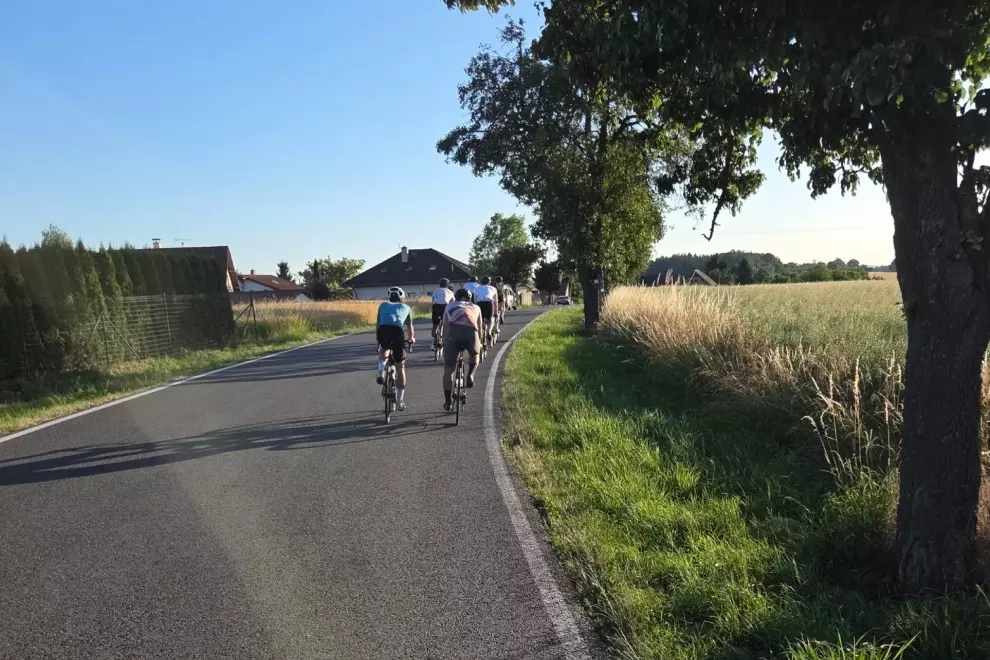You don’t have to eat on your ride
With all that extra fat on your body, you won’t need to eat during your one-hour training ride – let your body use up your reserves of fat. If you’re riding further than 50 miles with some big hills, or 100 miles relatively flat, maybe consider eating – but only if you fall victim to the dreaded bonk. If you’re healthy, only eat it if you absolutely have to.
Start slow
If you’ve seen the start of a stage race, the peloton moves relatively slowly and you should train the same way. Let your body warm up gradually before hitting the big climbs or busting out your intervals.
Keep your muscles warm
Treat your legs like F1 teams treat their tyres before a race – keep them heated. Thermal full length bibtights are great for keeping your guns warm, and will keep them performing at their best. Warm muscles are less susceptible to injury.
If you can’t get outdoors, work the floor
Giro D’Italia winner, Ivan “The Terrible” Basso, recommends hitting indoor training if it’s impossible to get outside. Lunges done properly help strengthen core muscles that support your body’s “chassis” and helps your legs deliver all the power to your pedals. Turbo trainers and rollers are great to use, and let you watch Mont Ventoux stage repeats to keep you inspired.

Little & often
Team Sky’s performance manager, Rod Ellingworth, recommends riding as much as possible, but he also recommends easing yourself into the season with realistic goals – so don’t overdo it when you do finally hop on your bike. Be patient, you’ll get the opportunity to tackle that double century in spring. Work up the hours per week gradually.
Quality not quantity
You gain a lot more from cycling up hills than cycling long distances. If you cycle on the flat at 15mph and you weigh 80kg (175 pounds) you burn about 350 calories per hour. If you do the same up a 3% incline, you burn about 980 calories. That’s almost triple the calories. Even dropping down to 10mph up a 3% incline would burn more than twice as much as 15mph on the flat. Remember to coast downhill, recover your energy, then put your effort into attacking the hills.
Stay comfortable, stay motivated
There are plenty of winter products that may seem like marketing gimmicks, but shoes covers, mud guards, arm warmers, and embrocation all make the thankless task of winter training more of a pleasure than a chore.
Après ride care
Stretching after a ride is far better for you than stretching before – your muscles are warmed up and you’re less likely to sustain an injury. Yoga is perfect, so if you know how to run through some forms, do so. If not, at least look up how to do quad stretches – your quads will be grateful. Finally eat an apple for the anti-oxidants, especially if you plan to ride the next day. If you don’t have an apple to hand, you’ll be happy to learn that a glass of red wine left over from the festivities will also supply you with all the anti-oxidants you need.






